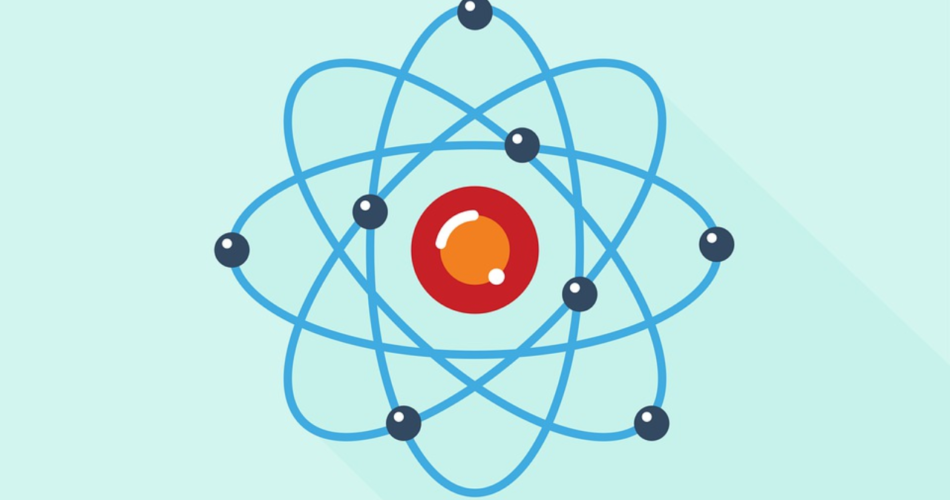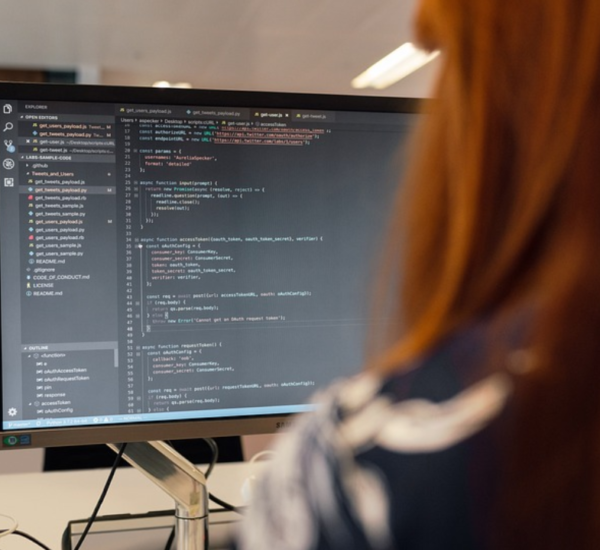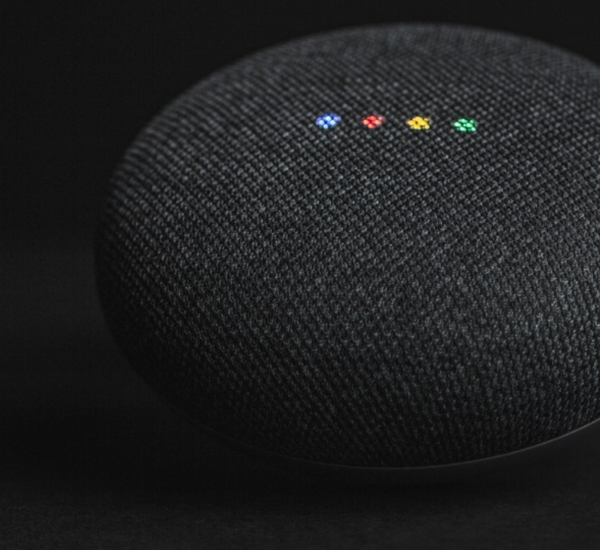Quantum computing is a field of study that is focused on the creation of computing-based technologies that are based on the fundamentals that are based on quantum theory. Quantum theory describes the nature and behavior of matter as well as matter at the quantum (subatomic and atomic) levels. the scale of the quantum (atomic or subatomic) scale. Quantum computing employs a set of bits to complete specific computation tasks. They perform all this with much greater efficiency than their conventional counterparts. The advancement of quantum computer quantum computing is a major leap in computing capabilities that offers massive performance improvements for certain use cases. Quantum computing, for instance, excels at similar simulations.
The quantum computer gets a large portion of its power due to the capability of the bits to exist in different states at the same time. They can perform tasks using the combination of 1’s, 0’s & one and zero simultaneously. Research centers currently conducting research in quantum computing comprise MIT, IBM, Oxford University and Oxford University, and the Los Alamos National Laboratory. Additionally, developers have started to gain access to quantum computers via cloud computing.
Quantum computing was born out of the search for its fundamental elements. The year was 1981. Paul Benioff at Argonne National Labs had the concept of a computer that was based on the principles of quantum mechanics. It is widely believed to be the case that David Deutsch of Oxford University was the primary person behind quantum computer research. In 1984 he began to think over the possibilities of creating computers built entirely on quantum laws and published a groundbreaking study a couple of months after.
Table of Contents
Quantum Theory
The quantum theory’s evolution began in 1900 when it was the subject of an appearance by Max Planck. The talk was given to the German Physical Society, in which Planck presented the notion that matter and energy exist in discrete units. The subsequent developments made by a variety of different scientists in the next 30 years brought about the current understanding the quantum theories.
The IBM Q System One was launched in January of this year as the very first quantum computing device for commercial and scientific applications.
Quantum Theory
The development of quantum theory started in the year 1900, with the presentation of Max Planck. The talk was given to the German Physical Society, in which Planck presented the notion that matter and energy exist in the form of individual units. The subsequent developments made by a variety of different scientists in the next thirty years resulted in the development that quantum theory.
The Most Important Elements of Quantum Theory
- Like matter, energy is composed of discrete units, unlike an uninterrupted wave.
- The elementary particles of energy and matter, depending on conditions, can behave similarly to waves or particles.
- The motion of particles in the elementary realm is innately random, making it, in turn unpredictable.
- A simultaneous measure of two different values, like the momentum and position of a particle, is flawed. The more precise that one measurement is made less accurate the estimation of the second value will be.
Further developments in Quantum Theory
Niels Bohr developed Niels Bohr proposed the Copenhagen theory of quantum mechanics. The theory states that a particle is what you measure it to be but it is not able to be believed to have particular properties or even exist until it is assessed. This theory is related to a principle known as superposition. Superposition asserts that when we don’t know the current state of an object, it is really in every possible state simultaneously — so long as we don’t try it to determine.
To illustrate this idea it is possible to use Schrodinger’s famous analogy Cat. The first step is to take an actual cat and place it in a lead container. At this point, it is clear whether the animal is still alive. It is not known whether the cat is still alive or has ruptured the capsule of cyanide and passed away.
A Comparative Study between Classical as well as Quantum Computing
Classical computing is based on fundamentals formulated by Boolean algebra. It is typically operated using a 7 or 3-mode logic gate principle. Data processing must take place using an exclusively binary state at any moment in time. It must be either zero (off or false) or 1. (on or true).
These are binary digits or bits. The millions of capacitors and transistors that make up the core of computers can only remain always in one position at any given time. Furthermore, there’s an inherent limit to the speed at which these devices can change states. As we advance to smaller and more efficient circuits we’re beginning to get to the physical boundaries of the materials and the threshold that allows classical laws of physics to be applied.
Superposition
Imagine a qubit as an electron that is in the field of magnetic. The electron’s rotation can be in alignment with that field described as the spinning up condition, or in opposition towards the field. This is referred to as the state is known as a spin-down state. Altering the electron’s spinning between states is accomplished through an energy pulse that comes from the laser. If just half a portion of the laser’s energy is utilized as well as the electron is completely isolated from external influences, then the particle is in a superposition. As if it was in both states at once.
Every qubit used could be an over position of both 0 and 1. That means the total number of calculations that quantum computers can perform is 2n, where n is the amount of qubits that are used. A quantum computer made up of 500 qubits could have the possibility of performing 2500 calculations in a single move. As a reference, 2500 represents an infinite number of particles as there is in our universe. They all communicate with one another through quantum Entanglement.
Quantum Programming
Quantum computing allows you to program programs in a totally new manner. For instance, quantum computers can include a programming sequence that is in the vein of “take all the superpositions from all previous computations.” This would allow for extremely fast methods of solving math-related problems, like the factorization process for large amounts. Quantum computing was the first software was developed on the scene in 1994. It was created in 1994 by Peter Shor, who developed an algorithm for quantum computing that was able to efficiently calculate large quantities. Related articles here.
The Issues and Some Solutions
Quantum computing’s benefits are exciting, however there are many obstacles to overcome. A few of the issues associated related to quantum computing include:
- Any disturbance to the quantum system can trigger the quantum computation to break down and cause de-coherence. A quantum computer should be completely free of other interferences during computation. Some successes have been obtained through the use of qubits within high magnetic fields, by using ions.
- Correcting errors in Qubits aren’t digital bits of data, and are not able to use traditional error correction. Error correction is essential when it comes to quantum computing as any error that occurs in a calculation could cause the integrity of the whole computation to fall apart. A new error correction algorithm has been created that uses 9 qubits – 8 correctional and 1 computational. Recently it was discovered by IBM that uses five qubits (1 computational and 4 correctional).
- Output observation The process of obtaining output data following a quantum calculation that is completed could result in the corruption of the data. There have been improvements implemented, including the database search algorithm which depends on the specific “wave” design of the curve of probability found in quantum computers. This means that after all calculations have been completed the act of measuring will result in the quantum state disintegrating into the correct result.
There are numerous challenges to solve, including how to deal with security and quantum cryptography. Quantum information storage that lasts for a long time was a challenge in the past as well. However, advances in the recent 15 years as well as in the last few years have made some type of quantum computing feasible.




